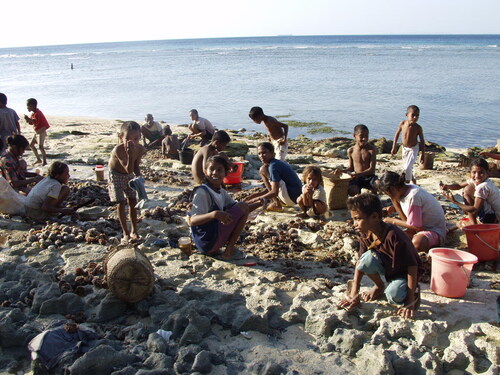Figures & data
Figure 1. Map showing the location of Makpan (inset) and the surrounding archaeological sites in Wallacea (main) where recovery of sea urchin has been reported: (1) Leang Sarru; (2) Kelo 6; (3) Here Sorot Entapa; (4) Asitau Kuru; (5) Lene Hara; (6) Laili.
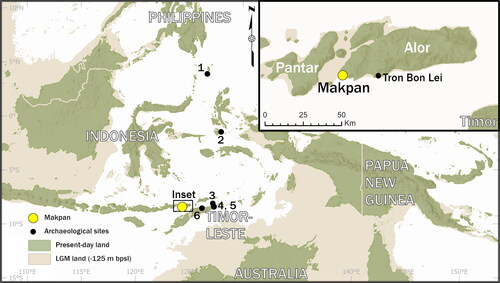
Figure 2. (A) Approaching Makpan Cave; (B) view from inside the cave toward the coast; (C) view westward along the coastline from Makpan.
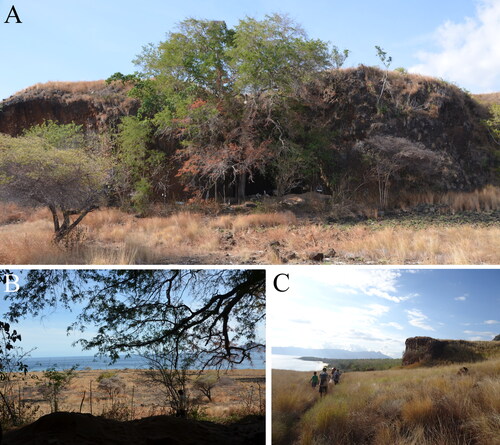
Figure 3. Comparison between the three sea urchin quantification methods: weight, NISP, and MNI by spit recovered at Makpan. Occupation intensity represented by proxy from the total adjusted fauna weight (excluding micro-vertebrates). Dashed line indicates occupation phase boundary.
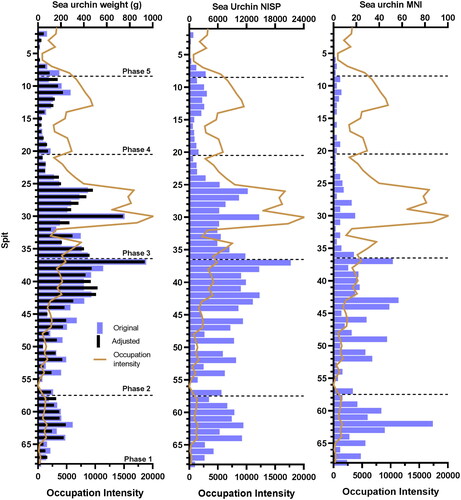
Table 1. Total abundance of sea urchin remains from Makpan by phase.
Figure 4. Weight (top) and NISP (bottom) of the seven major identified taxa recovered from Makpan. NISP is only based on the spine element. x-axis is not standardized across taxa.
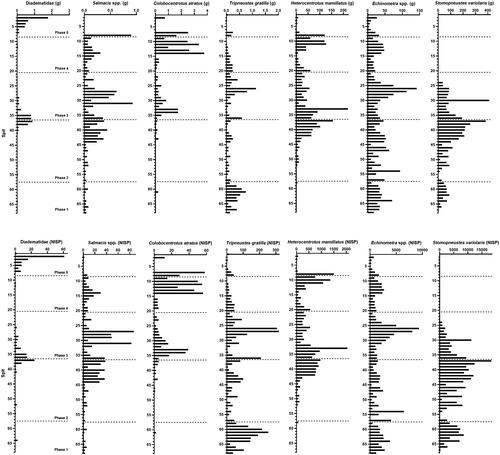
Figure 5. Percent NISP of the seven major identified taxa recovered from Makpan. NISP is only based on the spine element. Color spectrum approximately corresponds to habitat/depth (S2).
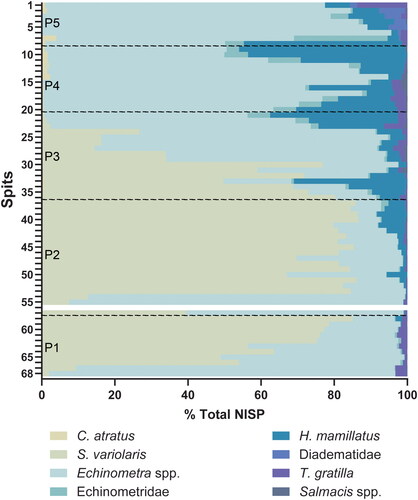
Figure 6. Linear regression of Makpan terrestrial (micro- and macro-vertebrate) and marine (shellfish, barnacle, fish, and crab) fauna compared to sea urchin assemblage by weight (g) for each spit. Results of the statistical analyses (Pearson’s r) of the Makpan sea urchin assemblage by spit (n = 68) comparing to the other faunal groups, subdivided into Group A (positive PC score, Purple) and Group B (negative PC score, Blue). The “r” indicates “Pearson’s correlation coefficient.” Bar at bottom shows Groups A and B correlation to Phase 1–5. See Supplementary Information S3 and S7 for further results of this analysis.
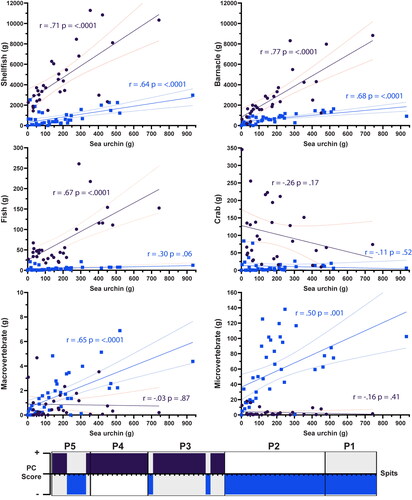
Figure 7. Sea urchin (likely T. gratilla) harvested by reef gleaning during low tide in Timor-Leste, predominantly women and children (O’Connor, Pannell, and Brockwell Citation2013: ).
